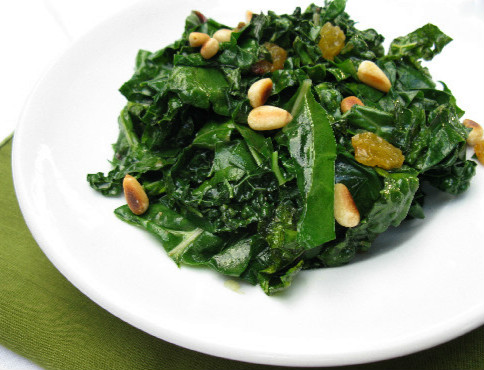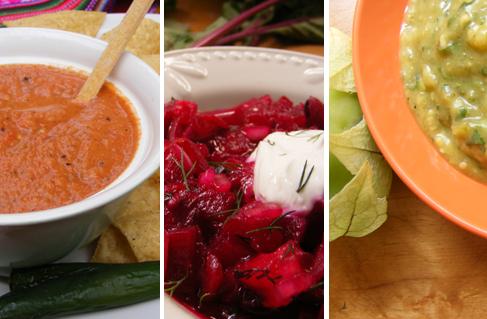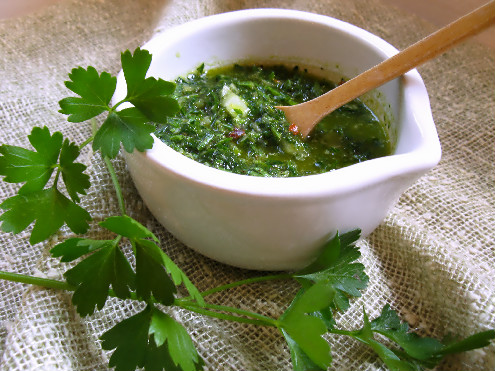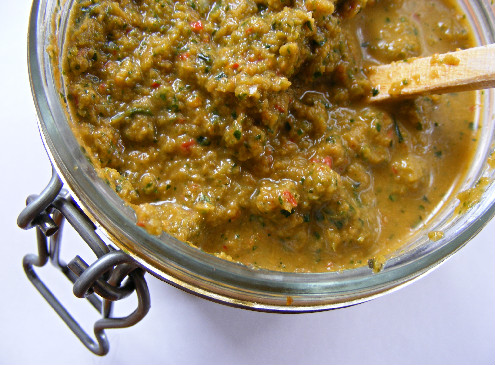Kale: Catalonian (Spanish) Greens with Raisins and Pine Nuts
Thursday, October 6th, 2011Kale – there’s so much more to make with this leafy green than kale chips. Try this easy recipe for Catalonian sautéed greens with raisins and pine nuts. In case you didn’t know Catalonia is an autonomous community in northeastern Spain . . . .
Yes. I’m back – with food facts and recipes.
It worked. The hints from FFC friends and followers about not having seen any posts in their email box or RSS feed.
I wish I could say I was traveling the world eating exotic food to my pansa’s (belly’s) content. Nope, I came down with a nasty summer bug that lingered and lingered. For nearly two months, I did a drastic clean up of my diet cutting out anything white (flour, sugar, dairy), alcohol, and even my go to remedy for all that ails me . . . chocolate.
Instead I upped the fruit and veggies and have been eating loads of leafy greens – kale , chard, beet greens, spinach, cabbage, etc. If you didn’t know it, leafy greens have anti-inflammatory properties and are full of anti-oxidants, plus they’re good for nutritional healing, particularly for the liver – when you/your body is stressed and your immune system is down.
I like greens raw and cooked, so eating them has been no chore for me.
This recipe for kale and chard with garlic, raisins, and pine nuts is just one adaptation of sautéed greens we’ve been eating for years. Mix it up depending on what’s in your garden, pantry and refrigerator. This raisin/pine nut (and/or almond) combination comes from Catalonia’s take on espinacas con pasas y pinones (spinach with raisins and pine nuts), although they also use other leafy greens.
Espinacas with Raisins and Pine Nuts is usually a first course and is popular in other parts of the Mediterranean from Sicily to Greece. It also makes an excellent side.
This version, and my preference, is to use kale or a kale/chard combo, since spinach is less hearty and wilts much more. I also prefer to saute the greens and skip the parboiling that’s generally customary to other recipes. The greens are finished with orange juice, a technique I picked up from Bryant Terry, a chef and author of Vegan Soul Kitchen.
Kale and other leafy greens are abundant and vibrant now with the cooler temps. So next time you score some, try this Spanish favorite. For all my readers who are into Southern and Soul Food, you’re sure to like these – they’ve replaced the traditionally cooked greens in our house.
Glad to be back. Happy eating!
Tidbits on Kale:
- Kale is a variety of cabbage that descended from wild cabbage native to the Mediterranean region.
- Kale may have been the first cultivated cabbage.
- Kale was one of the most common green vegetables in Europe until the middle ages.













